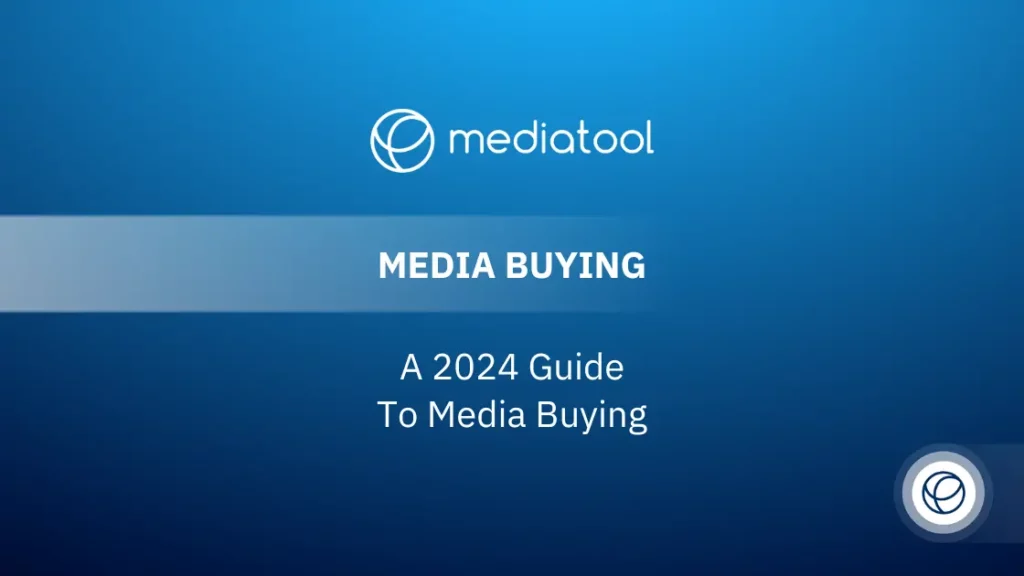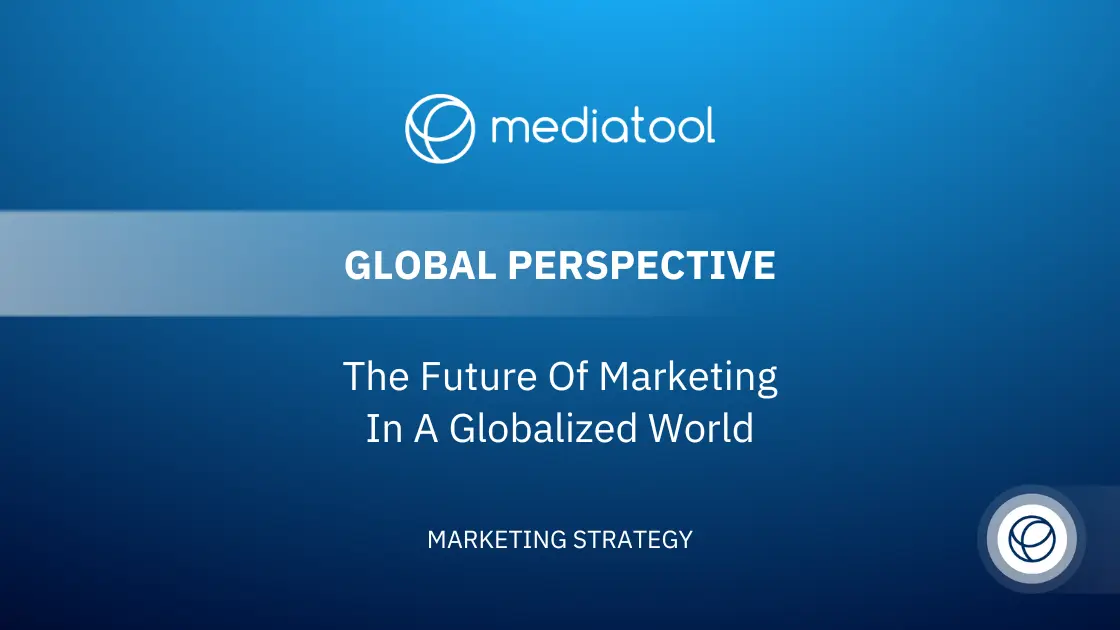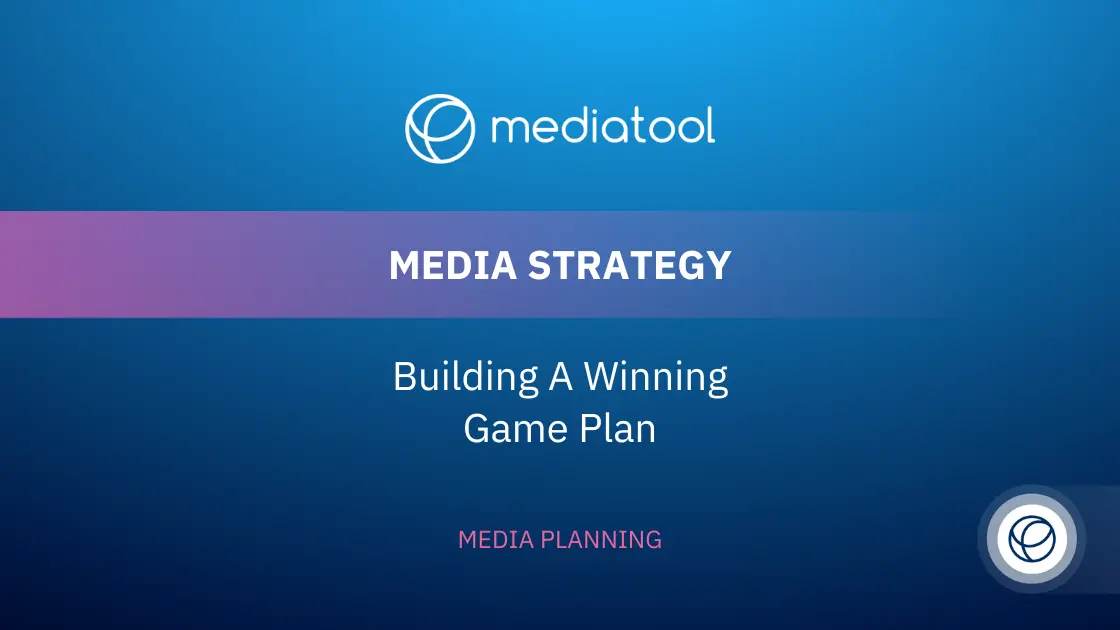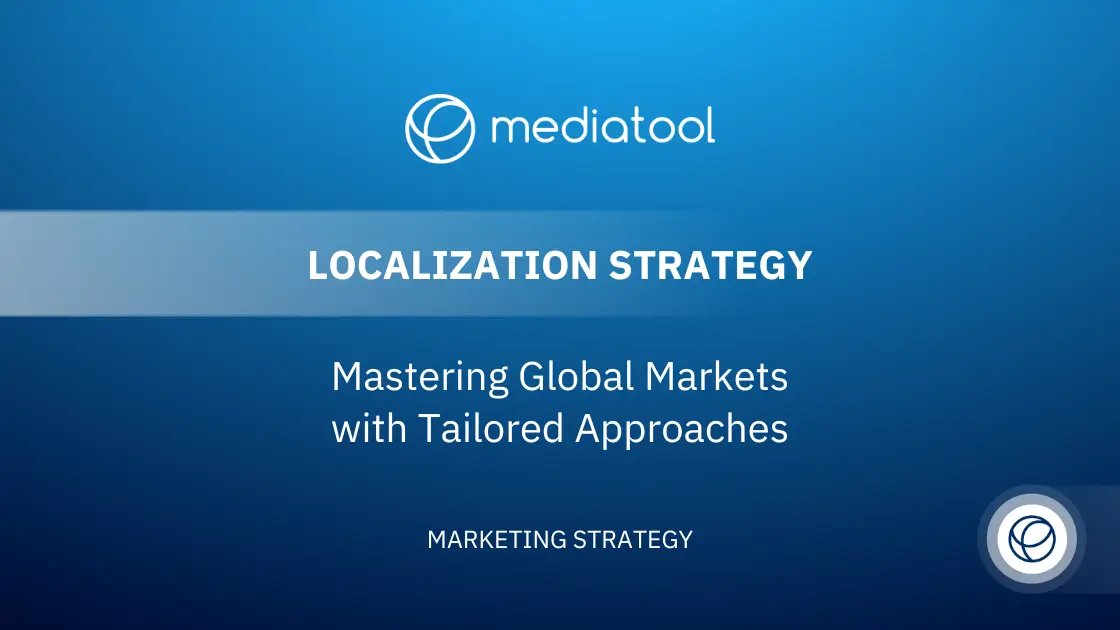Imagine a world without any advertising. It’s quite hard, isn’t it? In today’s digital age, advertising is crucial for brands to connect with their target audience and boost sales. Media buying is at the heart of this, allowing brands to find and purchase the best spots for their ads, whether it’s on TV, radio, websites, or billboards.
Media buying is all about choosing the right places to display ads. Media buyers are key players in this process. They understand where your ads will make the most impact, whether it’s on social media platforms, digital ads on websites, or more traditional spots like TV and radio. Their job is to get your message in front of the people who will be most interested in it.
This guide will help you understand how to use media buying to meet your marketing goals and make your campaign a success.
What Is Media Buying?

Media buying involves the strategic acquisition of ad space across various platforms, such as digital media, newspapers, magazines, and social media platforms. It’s a vital aspect of spreading your brand’s message, though it requires careful planning and execution. The key is to identify the most effective times and locations for ad placements to optimize exposure within the confines of your advertising budget. This is where the expertise of a media buyer becomes invaluable.
The objective of media buying is to secure premium advertising space at the most economical cost while ensuring the ad reaches the intended target audience. For instance, a beauty brand might purchase advertising space in a fashion magazine, while a car manufacturer could opt for billboard space near dealerships.
Media buyers are integral to the media planning process, working closely with media planning teams to develop a media plan that outlines the campaign’s strategy, budget, and objectives. They conduct thorough media research to determine the most beneficial advertising venues and negotiate for the best rates, balancing ad spend with campaign performance. Their role extends beyond negotiating media buys and purchasing ad space; they also monitor the campaign’s success, leveraging tools like programmatic media buying and digital media buying strategies to refine the marketing mix and achieve marketing goals.
What Is A Media Buyer? And What Does A Media Buyer Do?
A media buyer is a specialized professional in the field of media buying, dedicated to purchasing advertising space and time across various media platforms. Their expertise lies in identifying prime ad placements to ensure maximum engagement with the target audience. Media buyers are adept at understanding pricing structures and skillfully negotiating with media vendors to secure the best terms.
There are a variety of tasks that media buyers handle, including:
Developing a buying strategy
Media buying strategy involves meticulous planning and research. Media buyers assess different media outlets, understanding the target demographics and audiences, and determining which channels—from traditional media to digital media—offer the most value for ad spend. The strategy is tailored to align with the client’s marketing goals and media plan.
A significant 62% of marketers report difficulties effectively allocating their ad budgets to precisely target specific audiences. Additionally, a notable 69% acknowledge that the fragmentation of digital media presents substantial challenges in reaching their target audiences.
Negotiating and purchasing
Once the strategy is set, media buyers initiate negotiations with media vendors, focusing on ad placements and pricing. Their goal is to secure the most effective ad space, whether it’s in digital ads, social media platforms, or traditional media, at the best possible price, keeping in mind the client’s budget and the campaign’s success.
Collaborating and communicating with other teams
Collaboration with media planning teams and creative units is essential. Media buyers work in tandem with these teams to ensure the advertising campaign aligns seamlessly across various channels and media platforms. This coordination is crucial for maintaining a consistent marketing message and achieving desired campaign performance.
Analyzing and tracking performance
Monitoring and analyzing the performance of ad placements is a critical aspect of a media buyer’s role. Using media buying tools and platforms, they track the effectiveness of the campaign, making necessary adjustments to enhance future media buys and ensure optimal return on investment.
Staying up to date on trends
The media landscape is constantly evolving, particularly with the advent of programmatic media buying and the shift towards digital media. Media buyers stay abreast of industry trends and new advertising opportunities, such as real-time bidding and programmatic advertising, to refine their media buying process and strategies.
Media Buying vs Media Planning
While they are often thought to be similar, media buying and media planning serve distinct functions in the advertising process.
Media Planning: This is the first step, where the media planning team engages in extensive media research, examines market trends and target audiences, and sets a comprehensive marketing strategy. They decide on the optimal mix of traditional and digital media channels to use. The aim here is to develop a media plan that ensures the best reach and ROI, considering the campaign’s marketing goals and the target audience’s preferences.
Media Buying: Following the roadmap laid out by media planning, media buying involves the actual acquisition of ad space. Media buyers negotiate with media companies and ad agencies, purchase media on platforms ranging from social media to traditional outlets, and manage the ad placements. Their focus is on buying media efficiently, using tools like media buying software and demand side platforms, and ensuring that the ad spend translates into successful campaign performance.
Key Differences:
- Nature of Work: Media planning is strategic and analytical, while media buying is more transactional and operational.
- Focus Areas: Media planners concentrate on developing the media plan, aligning it with broader marketing efforts and industry trends. Media buyers, however, are focused on the buying process, negotiating ad placements, and leveraging programmatic media buying for efficiency.
- Skills and Tasks: Media planning requires a deep understanding of the marketing mix and target audiences, while media buying demands skills in negotiating and optimizing ad spend across various media platforms, including digital media and traditional media.
Understanding these roles is crucial for any marketing strategy, as both media planning and buying are integral in steering a campaign towards its desired success.
The Media Buying Process & Tips

The media buying process can be time-consuming and complex, but getting your campaigns off the ground is essential. With the right tools and resources, you can ensure your campaigns reach their target audience and achieve the desired results.
Media buying process
Here are the steps that you should follow when media buying:
Review the media plan
The first and most important step is to review the media plan created by the media planner. Check whether the authorities have approved the plan or if it’s in the signing process. You can’t proceed with the next step if it’s not approved.
If approved, review the media plan closely to understand the target audience, budget, goals, target, and strategies to be used. In case there are any discrepancies, have them clarified before proceeding.
Make a strategy
Once you have reviewed the plan, it’s time to make a strategy for buying media. There is no one-size-fits-all approach, as each campaign requires a tailored strategy. Consider factors such as the budget, goals, frequency, cost, and timelines to make a comprehensive plan. Look into the target audience and the demographics you are targeting to devise a plan that will reach them. For example, if you target millennials, consider using social media platforms like Instagram and Snapchat.
Consider which platforms and outlets best suit the campaign objectives and what content to reach the target audience. For instance, if your campaign focuses on creating brand awareness, consider using video or audio content to engage the audience.
Perform media research
Once you have a plan in place, it’s time to do some research. You can do your research while developing your strategy to save time. Look into the different media outlets available, their reach, and any upcoming trends for the campaign. Consider traditional and digital media platforms, such as television, radio, websites, newspapers, magazines, etc.
Flexibility in Media Solutions: Adapting to the growing demand for flexible, multi-platform media strategies is crucial. Advertisers are diversifying their approach, combining various types of multiscreen premium video. This shift from linear TV-centric plans to a more varied media mix, including CTV, mobile, and digital video, underlines the need for customizing strategies to each client’s unique requirements.
Consider media research and AI tools that can help you better understand the target audience and their behaviors. These tools will give you insights into the most suitable outlets for your campaign and the best time to launch it. For example, if you want to target college students, AI tools might recommend running your campaign on Snapchat or YouTube.
Send out RFPs
Once you have completed your research, it’s time to send requests for proposals (RFPs) to potential vendors. An RFP is a document that contains details about the campaign and what you are looking for. It should also specify a timeline for when you need the campaigns to be completed.
Your RFP should also include questions about the vendor’s experience, capabilities, and pricing. You can use this information to decide which vendors to work with and negotiate with. To maximize the success of your campaign, it’s important to select vendors that have experience and expertise in the media you are targeting.
To run RFPs efficiently, it’s important to be organized and have a system in place. Use media buying tools to streamline the process and make it easier to manage.
Finalize the schedule
Once you have selected the vendors, it’s time to finalize the media buying schedule. This includes the time, format, and content of the campaigns. You should have included all the accepted proposals from the RFP process in your Media Plan by now.
You will need the program name, vendor name, timelines, pricing, and other relevant information to complete placements.
Prepare insertion orders
After the schedule is complete, you need to create insertion orders for every campaign. Insertion order is a document between the advertiser and the media buying agency that outlines the terms and conditions of the campaign. Every IO is unique, depending on the campaign and vendor. The terms and conditions vary from vendor to vendor, so it’s important to negotiate a fair deal. Creating detailed insertion orders can help you avoid miscommunications down the line.
After preparing the insertion orders, send them to the vendors for approval. Once approved, you can launch your campaign and start tracking its performance.
Implement the campaign
Once you have finalized the insertion orders and received vendor approval, it’s time to kick off the campaign. To advertise through traditional media, send the ad materials to the vendors and verify their placement. For digital campaigns, upload your ads onto the platforms and set up tracking systems so you can monitor the performance.
Make sure to have a system for tracking and measuring performance and monitoring any potential changes you must make along the way.
Monitor the performance
To measure the success of your campaign, you can analyze data and track metrics. This will give you a better understanding of which channels are performing well and where you need to adjust your strategy. If your campaign is running on tv, radio, or print media, you will need to collect data manually. If it’s running on digital platforms, use tools like Google Analytics to track the performance.
Over time, you can identify which channels work best and make based on the data. This is an ongoing process, so adjust your strategy accordingly and monitor against the objectives you set in the beginning.
Reconcile spend and costs
While your campaign is running, keep track of all the media spending and associated costs. This includes any fees you’re paying to the vendors or additional expenses, such as production or creative costs. Check against your original budget to ensure you stay on track.
If any of your ads are underperforming, take an action. You may need to pause some ads and redirect your budget towards more successful channels.
By keeping track of your media buying costs and reconciling them frequently, you can ensure that you’re getting the best bang for your buck.
Report on the results
Campaign reporting is an important part of media buying. From the start of the campaign, you need to track and measure metrics to see if it’s performing as expected. Compile your data and insights into a report at the end of the campaign. This report should include all key performance indicators you tracked throughout the campaign. Use this report to improve your future campaigns and better understand how to reach your target audience.
Tips to succeed in media buying

Media buying can be tricky, but you can succeed with the right strategy and tactics. Here are some tips to help you get the most out of your campaigns:
- Establish clear objectives: Know what you want to achieve before launching a campaign. It can help you create an effective media buying strategy and track the results more accurately.
- Automation: Automate processes as much as possible to save time and effort. This includes streamlining the insertion order creation process, setting up tracking systems, and monitoring performance.
- Use electronic signature tools: Electronic signature tools make collecting and storing vendor signatures easier. This eliminates the hassle of sending, signing, and tracking physical documents.
- Invest in a good project management system: A project management system can help you keep track of all the details, tasks, and deadlines for your campaigns. Tools can help you stay organized and on top of your media buying activity.
- Assign tracking IDs: Assign tracking IDs to each ad to make it easier to track performance. This will also make it easier to identify patterns and make necessary changes.
- Focus on quality over quantity: Quality is more important than quantity in media buying. Make sure you are in high-quality placements that deliver value to your business.
- Stay organized: Keep track of all costs and expenses associated with your campaign. Reconcile the spending frequently to make sure that you are not overspending.
How Does Digital Media Buying Work?
Digital media buying involves purchasing ads on digital platforms, including websites, apps, and social media networks. This method allows for more precise targeting of audiences based on various criteria like location, demographics, and interests, leading to improved campaign results.
The buying process often employs real-time bidding (RTB), an automated system enabling advertisers to bid on ad space in real-time. Key participants in this process include advertisers, demand-side platforms (DSPs), ad exchanges, supply-side platforms (SSPs), and publishers. This approach reflects the evolving nature of the digital landscape and its impact on advertising strategies.
Demand-side platform (DSP)
A demand-side platform (DSP) is a system that enables the buying of digital ads in real time. It stores the advertisements on its platform and allows advertisers to select the criteria for a given campaign, such as targeting specific demographics or locations. It allows advertisers to select the audience that they want to target, set a budget, and bid on ad space.
Ad exchange
An ad exchange is a digital marketplace where advertisers can buy and sell digital ads in real-time. It’s an open auction-style platform where digital media buyers and sellers can negotiate prices and locate audiences. The main purpose of an ad exchange is to create a fair and transparent marketplace for buyers and sellers.
Supply-side platform (SSP)
A supply-side platform (SSP) is a system that allows publishers to sell digital advertising space on their websites and mobile apps. The SSP offers advertisers access to large amounts of inventory from multiple sources, such as app developers and websites. It enables publishers to better manage their inventory and optimize the revenue potential of their digital ad space.
Best Digital Media Buying Platforms
In digital media buying, there are a variety of platforms available. Some of the best digital media buying platforms include:
Google Display & Video 360
Google Display & Video 360 is a media buying platform with many features and capabilities. Advertisers can use it to create campaigns, manage audience and creative materials, examine their data, and get ad inventory from reputable publishers. It integrates with other Google products and services, such as DoubleClick Bid Manager, to make it easier for advertisers to manage their campaigns.
The Trade Desk
The Trade Desk is one of the leading media buying platforms in the industry. The platform provides access to top-market brands, allowing your ads to be seen by premium publishers, including Spotify, ESPN, Wall Street Journal, and more. Advertisers can also use the platform to precisely target their audiences and obtain real-time insights and optimization capabilities.
Amazon DSP
As Amazon is the world’s largest e-commerce platform, it’s no surprise that they offer a powerful media buying platform. With Amazon DSP, advertisers can advertise on all the Amazon-owned websites and apps, such as Amazon.com and IMDb, as well as other Amazon partners. Brand safety is their priority, as they pre-screen ads for objectionable content before approval.
Adobe Advertising Cloud
Just like Google Display & Video 360, Adobe Advertising Cloud is a comprehensive DSP that offers a variety of features and capabilities. Launched by Adobe in 2017, the platform enables easier collaboration between advertisers and publishers and access to a large amount of top-tier media inventory.
Pocketmath
Pocketmath is a mobile app DSP that helps advertisers publish and optimize their campaigns. The platform offers advanced targeting capabilities like geolocation, device-level targeting, and real-time insights and reporting tools. Advertisers can also access high-quality mobile app inventory from reputable publishers.
Advidi
Advidi is an affiliate marketing platform that offers a variety of features in over 100 countries. Real-time bidding is used to exchange ads and ad spaces between advertisers and publishers worldwide in the network. Their verticals include dating, online gaming, sweepstakes, and health & beauty.
Ad colony
Ad Colony is a mobile ad platform for both Android and iOS devices. Marketers can test the platform’s multiple video formats and placements, such as full-screen, interactive, banner, and interstitial, to determine which format performs best. AdColony has over 450 million app users, giving advertisers access to many potential customers.
Media Buying 101: Terms You Should Know
In media buying, there are many terms and concepts you should understand. Here are some of the most important ones:
CPM (Cost Per Thousand): CPM stands for Cost Per Thousand and is the advertising cost per 1,000 impressions.
Impressions (or Reach): Impressions refer to the number of times the audience sees an ad. In media buying, this metric measures the reach of an ad campaign.
Media mix: The media mix combines media used in ad campaigns, such as television, radio, print, and digital ads.
Target audience: The target audience is the group of people marketers are trying to reach with their ad campaigns.
Ad inventory: Ad inventory provides available space for ads on a website or platform.
Bid: A bid is an offer made by an advertiser to show an ad on a specific platform or website.
Net reach: Net reach is the total number of people an ad campaign reaches after considering the audience overlap between different platforms and websites.
Audience turnover: The rate at which an audience changes over time, meaning how frequently new people see an ad campaign.
Average Quarter-Hour Persons (AQH Persons): AQH persons are a metric used to measure the success of radio campaigns. To calculate it, take the total number of people who listen to a radio station for at least 5 minutes during an average quarter-hour period.
Avails: Avails refer to the available inventory of a publisher or platform’s ad slots.
Cost Per Point (CPP): CPP is the cost per rating point or the amount an advertiser pays to reach 1% of a given population.
Dayparting: It is the practice of scheduling an ad campaign during certain times of day or days of the week to reach a specific target audience.
Ad network: An ad network is a platform that connects advertisers to multiple publishers. This allows marketers to buy and place ads on different websites at once.
Banner ad: A banner ad is a graphical or text-based advertisement placed on a website or platform.
Click Through Rate (CTR): CTR is the rate at which someone clicks on an ad. It’s calculated by dividing the number of people who clicked on an ad by the total number of people who saw the ad.
Cost Per Click (CPC): CPC is the cost per click, which is the amount an advertiser pays for each person who clicks on their ad.
Media Buying FAQs
What’s the Difference Between a Publisher and an Advertiser?
In the realm of media buying, a publisher typically refers to a media company or entity that owns or controls various media platforms, like websites, apps, or online content spaces, where advertising space is available. On the other hand, an advertiser is usually a business or individual who creates and funds the advertisements to be displayed in the ad inventory of the publisher’s platforms.
Why is Media Buying Critical in Marketing Strategy?
Media buying is a cornerstone of any effective marketing strategy. It focuses on strategically purchasing media space to convey the right advertising message to target audiences. The process involves a media planning team working meticulously to ensure ad placements align with marketing goals and campaign performance metrics. This strategic buying of digital and traditional media is essential for reaching and engaging with the desired audience at the optimal time and place.
What Types of Media Buying Exist?
Media buying can take several forms:
- Direct Buying: This involves direct negotiations between the advertiser and the media company or publisher for ad placements.
- Network Buying: Advertisers work with Demand Side Platforms (DSPs) or Supply Side Platforms (SSPs) to purchase ad space across a network of media outlets, including digital media buying on social media platforms and traditional media channels.
- Programmatic Buying: This modern approach includes programmatic media buying and real-time bidding, where media buying software automates the buying process, using business intelligence and market research to target ads more effectively.
How Does Media Buying Integrate into the Broader Marketing Mix?
Media buying is a crucial component of the broader marketing mix, encompassing traditional and digital channels. It demands a collaborative effort between media buying teams, creative teams, and media planners. These teams leverage tools and programmatic media platforms to ensure that the media mix, ad creative, and media plans align with the overall marketing strategy, focusing on buying media that maximizes campaign success and targets the right audience efficiently.





